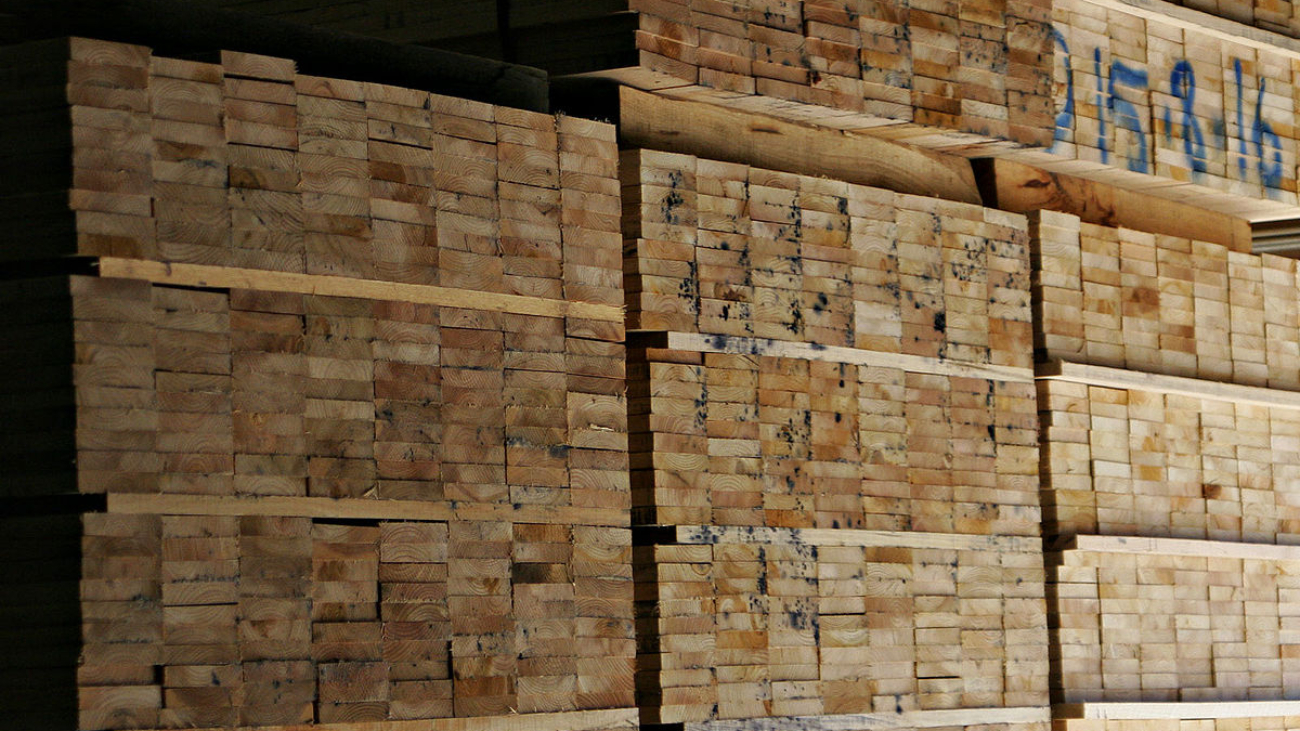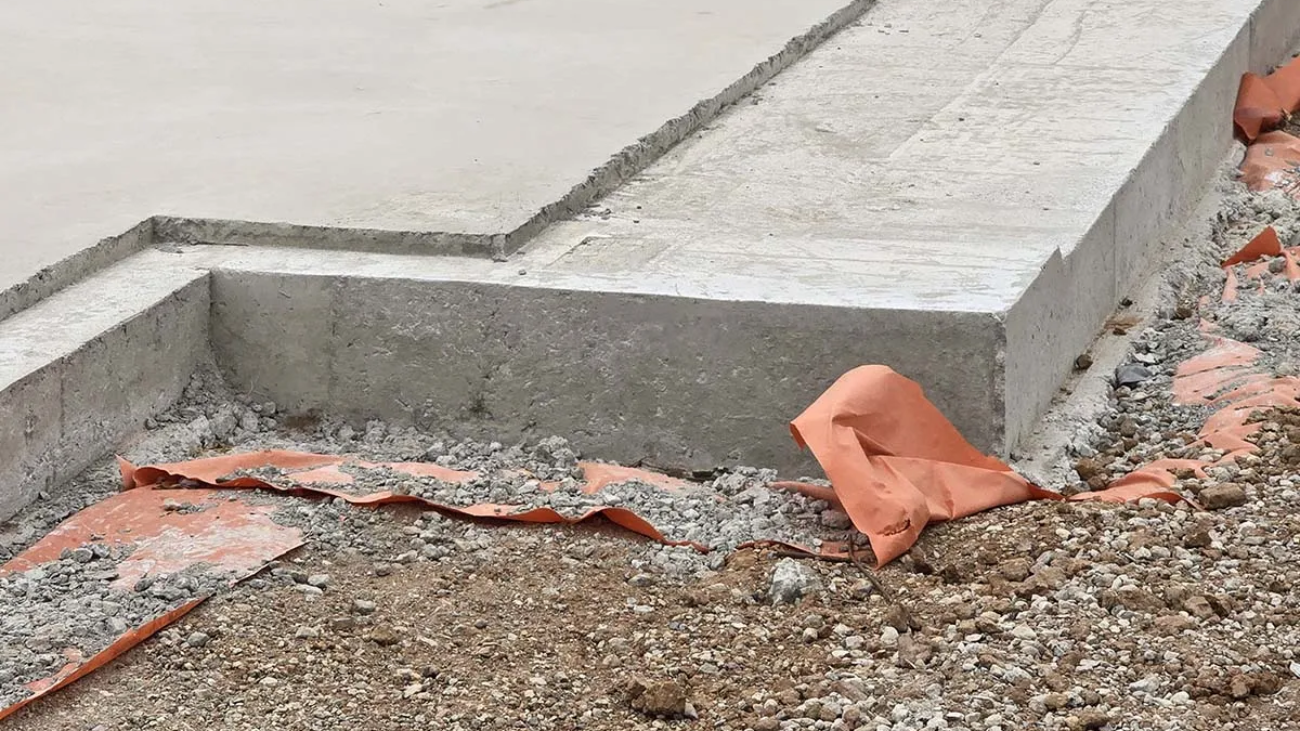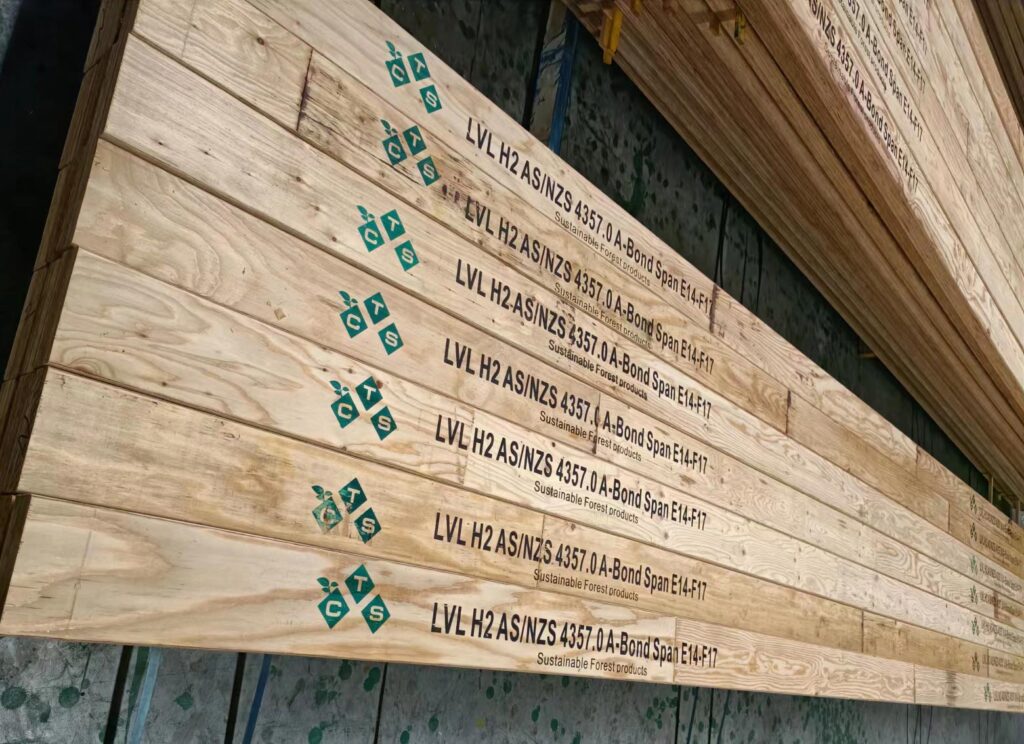What is Timber LVL Formwork and Why is it Important in Construction?
Timber LVL (Laminated Veneer Lumber) formwork represents a crucial advancement in modern construction practices. This engineered wood product consists of multiple layers of thin wood veneers, bonded together under high pressure to create robust structural elements.
Key Features of LVL Formwork
The distinct characteristics of LVL formwork include:
- Superior strength-to-weight ratio
- Enhanced dimensional stability
- Consistent material properties
- Reduced warping and twisting
- Greater load-bearing capacity
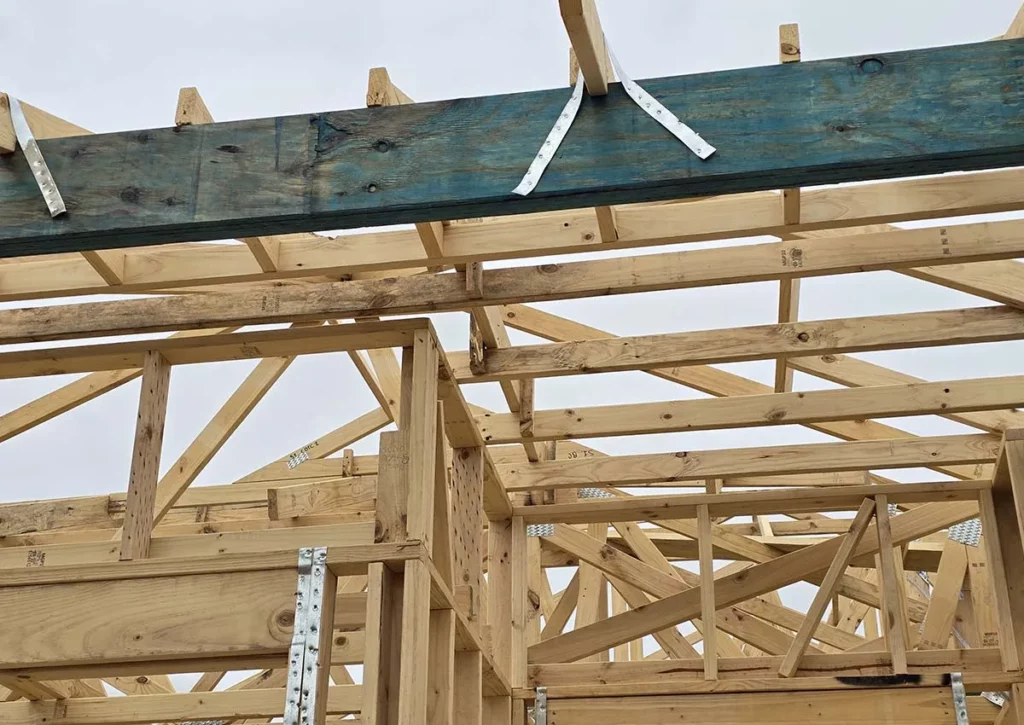
Material quality is a key factor in determining the Timber LVL formwork prices production. High-quality wood veneers are more expensive because they are stronger and have fewer imperfections. These top-notch materials result in LVL formwork that can:
Importance of LVL Formwork in Construction
In construction applications, LVL formwork serves as a temporary structure to shape and support concrete during its curing process. Its precision-engineered nature allows for:
- Accurate concrete placement
- Clean surface finishes
- Reduced material waste
- Faster construction timelines
- Multiple reuse opportunities
The construction industry relies heavily on LVL formwork for both residential and commercial projects. Its versatility shines in applications such as:
- Wall formations
- Floor systems
- Beam supports
- Column structures
- Bridge construction
Advantages of Using LVL Formwork
The adoption of LVL formwork has revolutionised construction efficiency, offering builders a reliable solution that combines strength, durability, and cost-effectiveness. Its growing popularity stems from its ability to meet strict building standards while delivering superior performance compared to traditional timber alternatives.
Learn more on: Where to Buy LVL Timber for Formwork in Australia
How Does Material Quality Impact Timber LVL Formwork Pricing?
- Support heavier loads
- Maintain its shape and size over time
- Resist bending or twisting
- Be reused multiple times
The type of glue used in the layering process also plays a role in pricing. Advanced adhesive technologies provide:
- Better protection against moisture
- Stronger connections between layers
- Greater durability in extreme conditions
Using premium materials usually means an initial investment that is 15-25% higher. This cost difference is justified by the fact that:
“Higher-grade materials might seem expensive upfront, but they reduce long-term costs through extended service life and fewer replacements”
The strength-to-weight ratio of high-quality LVL formwork leads to:
- Quicker installation times
- Lower labour expenses
- Fewer support structures required
- Reduced transportation costs
Variations in the quality of raw materials create different pricing levels in the market. A-grade veneers with minimal knots and defects are significantly more expensive than B or C-grade options, which affects the final price of the product. Find more about defects on https://pmc.ncbi.nlm.nih.gov/articles/PMC7647275/
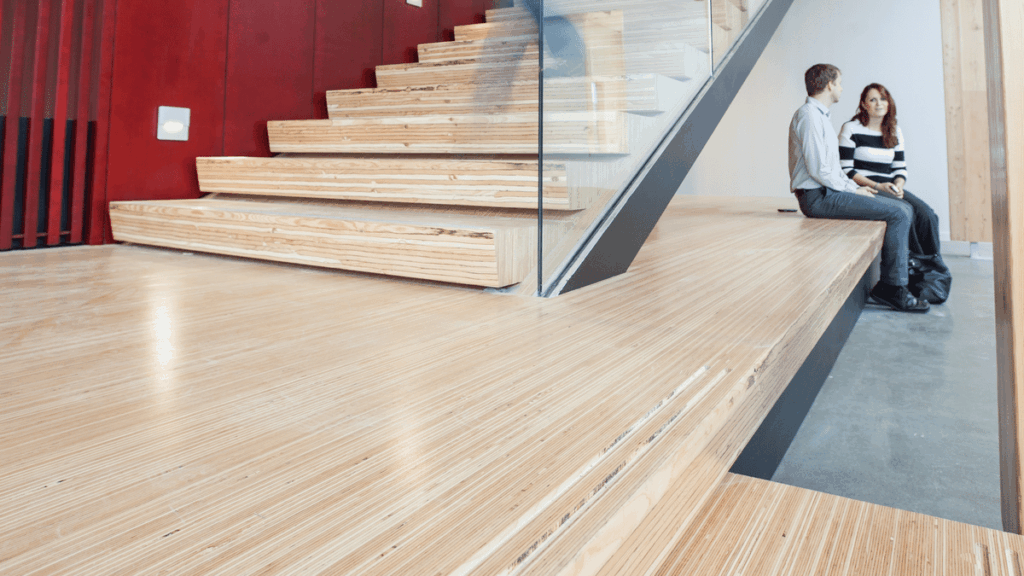
What Role Do Size and Thickness Play in Determining Costs?
Size and thickness specifications directly influence the pricing structure of Timber LVL formwork. The raw material requirements increase proportionally with larger dimensions, driving up production costs.
Standard vs Custom Dimensions
- Standard sizes: £15-25 per square metre
- Custom dimensions: 30-50% price premium
- Extra-large panels: Additional handling charges
Thickness Impact on Pricing
- 19mm thickness: Base price point
- 25mm thickness: 25-35% cost increase
- 32mm thickness: 45-60% cost increase
The manufacturing process becomes more complex with increased thickness, requiring additional lamination layers and extended pressing time. Thicker LVL panels demand more raw materials and energy consumption during production.
Larger dimensions also affect:
- Transportation costs
- Storage requirements
- Installation equipment needs
- Labour intensity
Your project specifications might require specific size combinations. A 2400mm x 1200mm panel with 25mm thickness serves as a common industry benchmark, balancing structural requirements with cost-effectiveness.
How Do Supplier Practices and Geographical Location Influence Prices?
Supplier practices create significant price variations in Timber LVL formwork across different regions. Local manufacturers often maintain lower prices due to reduced transportation costs and established supply chains. You’ll notice price differences of 15-30% between metropolitan and regional areas.
Key supplier factors affecting prices:
- Direct manufacturing vs third-party sourcing
- Storage capacity and inventory management
- Bulk purchasing capabilities
- Local market competition
- Distribution network efficiency
Geographical location plays a crucial role in pricing structures. Remote construction sites face higher costs due to:
- Extended shipping distances
- Limited supplier options
- Additional handling requirements
- Regional labour cost variations
- Seasonal accessibility challenges
Australian coastal regions typically see lower prices due to proximity to major ports and manufacturing facilities. Inland projects might experience price increases of 20-25% due to transportation costs. Local market dynamics also influence pricing – areas with high construction activity often benefit from competitive supplier pricing and improved availability.
Remote locations with limited access to suppliers might require early ordering and strategic planning to secure reasonable prices. Working with suppliers who maintain multiple distribution centres can help optimise costs across different project locations. Click here to find more about distribution.
What is the Impact of Market Demand and Seasonal Fluctuations on Pricing?
Market demand significantly drives Timber LVL formwork prices in the Australian construction sector. During peak construction seasons, particularly spring and summer, prices can surge by 15-25% due to increased building activity.
Key market demand factors affecting prices:
- Construction industry growth rates
- Infrastructure project timelines
- Housing market conditions
- Export market demands
Seasonal weather patterns create notable price fluctuations:
- Wet Season ImpactReduced timber harvesting capabilities
- Limited access to forestry areas
- Increased transportation costs
- Extended production timelines
- Natural EventsBushfires can restrict timber availability
- Floods affect manufacturing facilities
- Storms disrupt supply chains
- Drought conditions impact timber quality
The Australian timber market experiences cyclical demand patterns, with Q4 typically showing highest price points. Natural disasters can trigger immediate price spikes – the 2019-20 bushfires caused a 30% increase in LVL formwork costs across affected regions.
Recent supply chain disruptions have intensified these fluctuations, making it crucial for builders to monitor market trends and adjust procurement strategies accordingly.
Can Bulk Purchasing Strategies Help in Reducing Costs?
Bulk purchasing presents significant cost-saving opportunities for construction companies using Timber LVL formwork. You’ll find substantial price reductions through economies of scale, with suppliers offering tiered pricing structures based on order volumes.
Key benefits of bulk purchasing include:
- Price breaks at specific volume thresholds
- Reduced shipping costs per unit
- Priority access to stock during shortages
- Streamlined ordering processes
Long-term supplier contracts unlock additional advantages for your construction projects. These partnerships often include:
- Fixed pricing agreements protecting against market fluctuations
- Customised payment terms
- Dedicated account management
- Guaranteed stock availability
Many suppliers offer 5-15% discounts on bulk orders, with additional savings possible through annual supply agreements. Your negotiating power increases with larger order volumes, allowing you to secure better terms and conditions.
Strategic inventory management becomes crucial when implementing bulk purchasing. You’ll need adequate storage facilities and accurate demand forecasting to maximise these cost benefits while avoiding excess stock issues.
Do Technological Advancements in Production Affect Pricing?
Modern manufacturing innovations have changed LVL formwork production, directly affecting pricing structures. Advanced processing technologies, such as automated cutting systems and precision lamination techniques, have made production processes more efficient and reduced labour costs.
Key technological improvements affecting prices:
- Computer-controlled manufacturing reduces material waste by up to 25%
- Automated quality control systems ensure consistent product standards
- Enhanced treatment processes extend product lifespan
- Digital design integration optimises material usage
These advancements have a twofold effect on pricing. Upfront costs for implementing these technologies may increase prices, but over time, the efficiency gains will lead to lower production expenses. The introduction of automated stress-grading systems has improved product reliability while reducing the need for manual inspections that require a lot of labour.
The use of advanced application methods for moisture-resistant treatments has improved durability without significant cost increases. This technological progress allows manufacturers to keep their prices competitive while delivering higher quality LVL formwork products.
Recent developments in edge-sealing technologies have improved moisture resistance, reducing the frequency of replacements and providing better value for construction projects. These innovations enable manufacturers to balance their production costs with better product performance, creating sustainable pricing models for the construction industry.
What Role Do Sustainability Practices Play in Influencing Prices?
Sustainable practices in Timber LVL formwork production directly impact pricing structures through multiple channels:
1. Certification Requirements
These certifications add 15-20% to base material costs but provide essential market advantages and environmental benefits.
- Forest Stewardship Council (FSC) certification
- Programme for the Endorsement of Forest Certification (PEFC)
- Chain of Custody documentation
- Environmental management systems compliance
2. Sustainable Production Methods
The implementation of eco-friendly production methods requires significant investment in:
- Advanced recycling systems
- Renewable energy infrastructure
- Sustainable harvesting equipment
- Staff training programmes
While these sustainable practices increase initial production costs, they create long-term value through:
- Enhanced market reputation
- Access to green building projects
- Compliance with environmental regulations
- Reduced waste management expenses
Many construction projects now require certified sustainable materials, making environmental credentials a crucial factor in pricing strategies for Timber LVL formwork manufacturers and suppliers.
Are There Project-Specific Cost Factors to Consider Beyond Material Expenses?
The cost of Timber LVL formwork extends beyond the basic material price. Your project’s specific requirements can significantly impact the total investment needed.
Installation Complexity
- Complex architectural designs require specialised cutting and fitting
- Multi-level structures demand additional safety measures
- Curved surfaces need custom modifications
Labour Requirements
- Skilled workers command higher wages for precise installation
- Project timeline affects total labour hours
- Safety supervision costs increase with project complexity
Site-Specific Considerations
- Limited access areas require special equipment
- Remote locations attract higher delivery fees
- Storage requirements on cramped sites add costs
Additional Expenses
- Equipment rental for installation
- Insurance coverage for high-risk installations
- Waste disposal and clean-up costs
- Quality inspection and certification fees
These project-specific factors can add 20-30% to your base material costs. Understanding these elements helps you create accurate budgets and avoid unexpected expenses during construction.
What Are The Advantages Of Using LVL Formwork Over Traditional Options Despite Initial Cost Differences?
LVL formwork offers significant benefits that outweigh its initial higher investment:
- Superior Strength-to-Weight Ratio: LVL formwork is lighter than traditional options, making it easier to handle on construction sites and reducing labour costs during installation.
- Enhanced Durability: LVL formwork is resistant to warping and twisting, maintaining dimensional stability and allowing for higher reuse potential (up to 15-20 times).
- Moisture Performance: LVL formwork has better resistance to water damage, reducing the risk of concrete surface defects and minimal swelling under wet conditions.
- Cost-Effective Long-Term Solution: With lower maintenance requirements, decreased replacement frequency, and reduced waste disposal costs, LVL formwork proves to be a more economical choice in the long run.
- Improved Construction Quality: LVL formwork ensures a consistent concrete finish, better dimensional accuracy, and fewer surface repairs needed.
These advantages translate into substantial cost savings throughout the project lifecycle, making LVL formwork a smart investment despite higher upfront costs. The combination of durability, performance, and reduced labour requirements creates value that traditional alternatives struggle to match.

